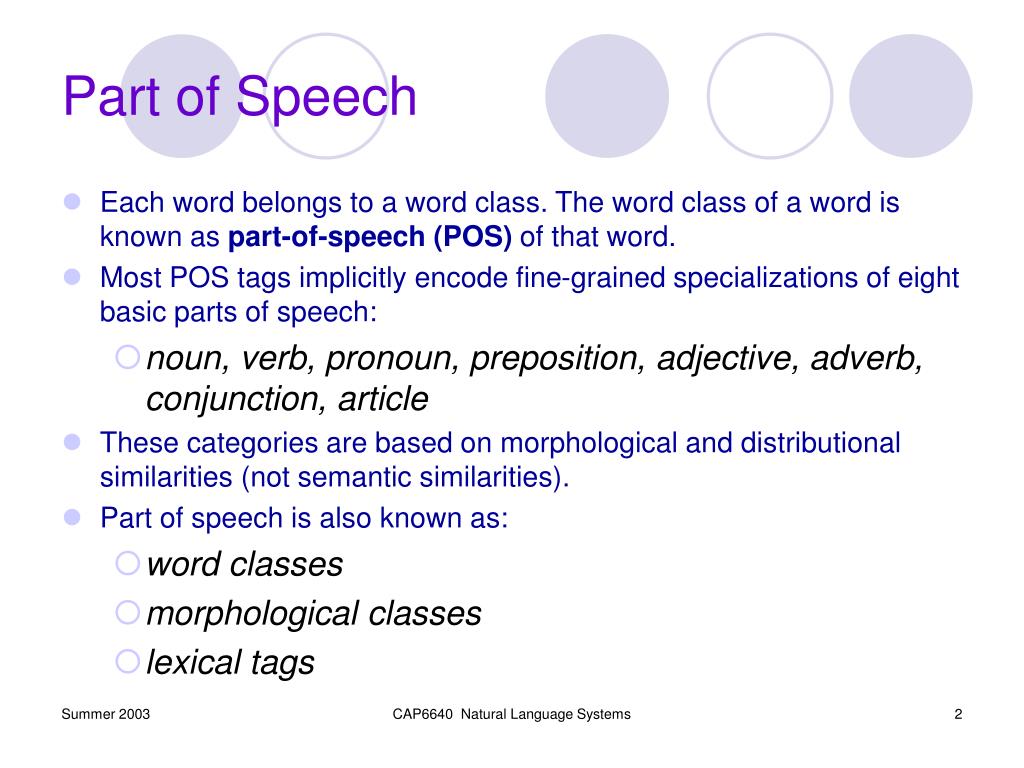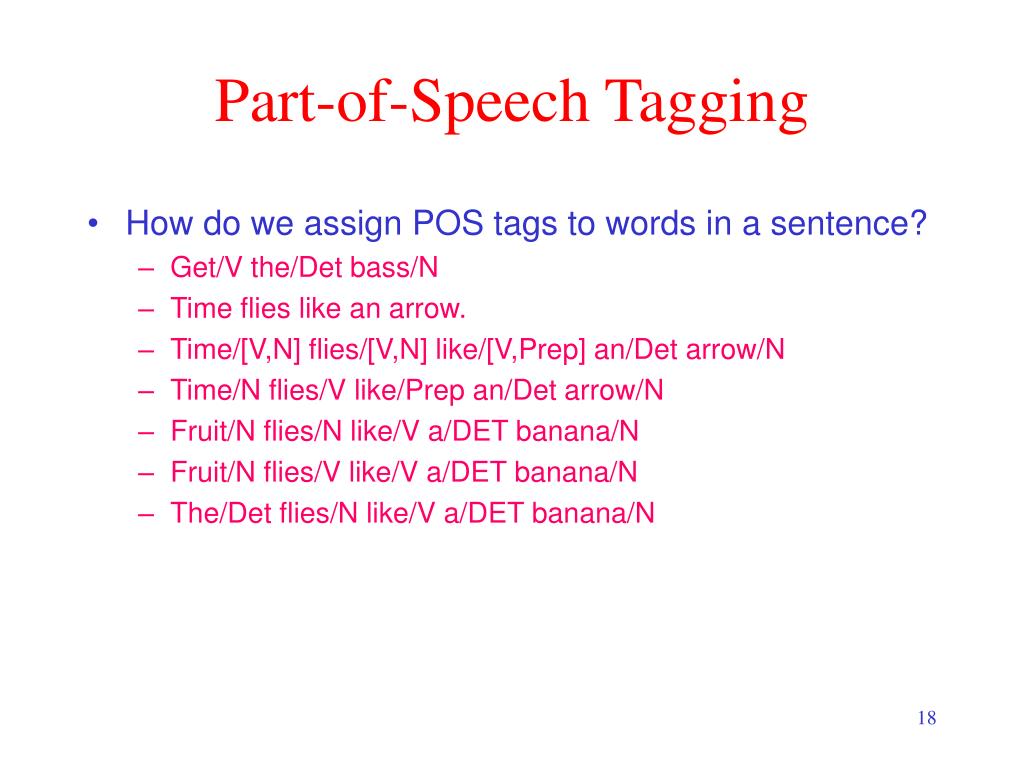
Let me get back to the point, there’s only an average of 4 peak sunlight hours a day. Energy storage is a whole other topic in and of itself. That energy then has to be stored somewhere while it is not being used. They only produce energy during sunlight hours. That means solar panels cannot produce energy 24 hours a day. Text = """This is where the calculation can get tricky. For this example, we’ll print out the token text, the token part of speech, and the token tag. After creating the document, we can simply loop through it and print out the different parts of the tokens. For this example, I’m using a large piece of text, this text about solar energy comes from How Many Solar Farms Does it Take to Power America?įirst we import spaCy, then we load our NLP model, then we feed the NLP model our text to create our NLP document. It’s so important that the spaCy pipeline automatically does it upon tokenization. Like I said above, POS tagging is one of the cornerstones of natural language processing. Once we have our required libraries downloaded we can start.
#Parts of speech tagger install
The first thing we’ll need to do is install spaCy and download a model. We’ll start by implementing part of speech tagging in spaCy.
#Parts of speech tagger code
Below, I’m going to cover how you can do POS tagging in just a few lines of code with spaCy and NLTK. It is one of the most basic parts of NLP, and as a result it comes standard as part of any respectable NLP library.

Part of Speech Tagging is at the cornerstone of Natural Language Processing. VBZ – 3rd person singular present verb: wants VBP – non 3rd person singular present verb: want (like punctuation, these are pretty self explanatory)# RP – particle adverb: back (put it “back”) IN – subordinating conjunction or preposition: “in” List of spaCy Part of Speech Tags (Fine grained) POS I’ll break down how parts of speech map to tagging in spaCy below. Above, I’ve only shown spaCy’s automatic POS tagging, but spaCy actually has a fine grained part of speech tagging as well, they call it “tag” instead of “part of speech”. We can see that NLTK and spaCy have different parts of speech tagging, this is because there are many ways to tag parts of speech and the different ways that NLTK has split it up is advantageous for academic process. Verb Present Tense, 3rd person singular – bases, reconstructs, emerges Verb Present Tense not 3rd person singular – predominate, wrap, resort Verb Past Participle – condensed, refactored, unsettled Verb Gerund – stirring, showing, displaying Infinitive Marker – “to” when it is used as an infinitive marker or preposition Superlative Adjective – best, biggest, highest Plural Proper Noun – Americans, Democrats, PresidentsĪdverb – occasionally, technologically, magicallyĬomparative Adjective – further, higher, better Singular Proper Noun – Yujian Tang, Tom Brady, Fei Fei Li Plural Noun – students, programmers, geniuses Singular Noun – student, learner, enthusiast Preposition/Subordinating Conjunction – in, at, on Subordinating conjunction – if, while, butĬoordinating Conjunction – either…or, neither…nor, not onlyĮxistential There – “there” used for introducing a topic Punctuation – commas, periods, semicolons Proper noun – Yujian Tang, Michael Jordan, Andrew Ng List of spaCy parts of speech (automatic): POSĬoordinating conjunction – either…or, neither…nor, not only Fine-grained Part of Speech (POS) tags in spaCy.List of spaCy automatic parts of speech (POS).You can find the Github Repo that contains code for POS tagging here. We’ll take a look at the parts of speech labels from both, and then spaCy’s fine grained tagging. It is more like spaCy’s tagging concept than spaCy’s parts of speech. NLTK’s part of speech tagging tags 34 parts of speech.


In spaCy tags are more granularized parts of speech. The spaCy library tags 19 different parts of speech, and over 50 “tags” (depending how you count different punctuation marks). We’ll see below, that for NLP reasons, we’ll actually be using way more than nine tags.

Traditionally, there are nine parts of speech taught in English literature – nouns, adjectives, determiners, adverbs, pronouns, prepositions, conjunctions, and interjections.
#Parts of speech tagger how to
We’ll take a look at how to do POS with the two most popular and easy to use NLP Python libraries – spaCy and NLTK – coincidentally also my favorite two NLP libraries to play with. Part of speech tagging is done on all tokens except for whitespace. Once we tokenize our text we can tag it with the part of speech, note that this article only covers the details of part of speech tagging for English. Tokens are generally regarded as individual pieces of languages – words, whitespace, and punctuation. Tokenization is the separating of text into “ tokens”. The first step in most state of the art NLP pipelines is tokenization. Part of Speech (POS) Tagging is an integral part of Natural Language Processing (NLP).


 0 kommentar(er)
0 kommentar(er)
